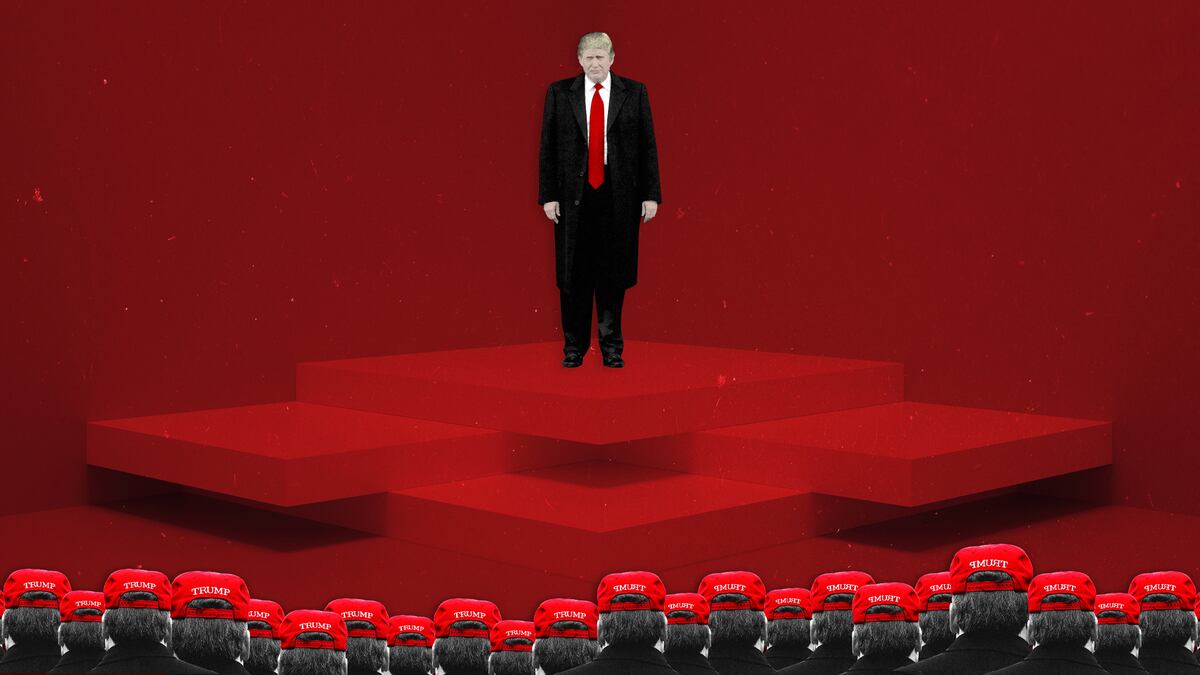Trumpland
Illustration by The Daily Beast/Getty
Trump Aides Want Him to Meet the Moment, but He Can’t Quit His Grievance Shtick
BUNKER MENTALITY
The president has forfeited the bully pulpit that his office affords. And it’s making it hard to navigate the current racial unrest.

Trending Now






